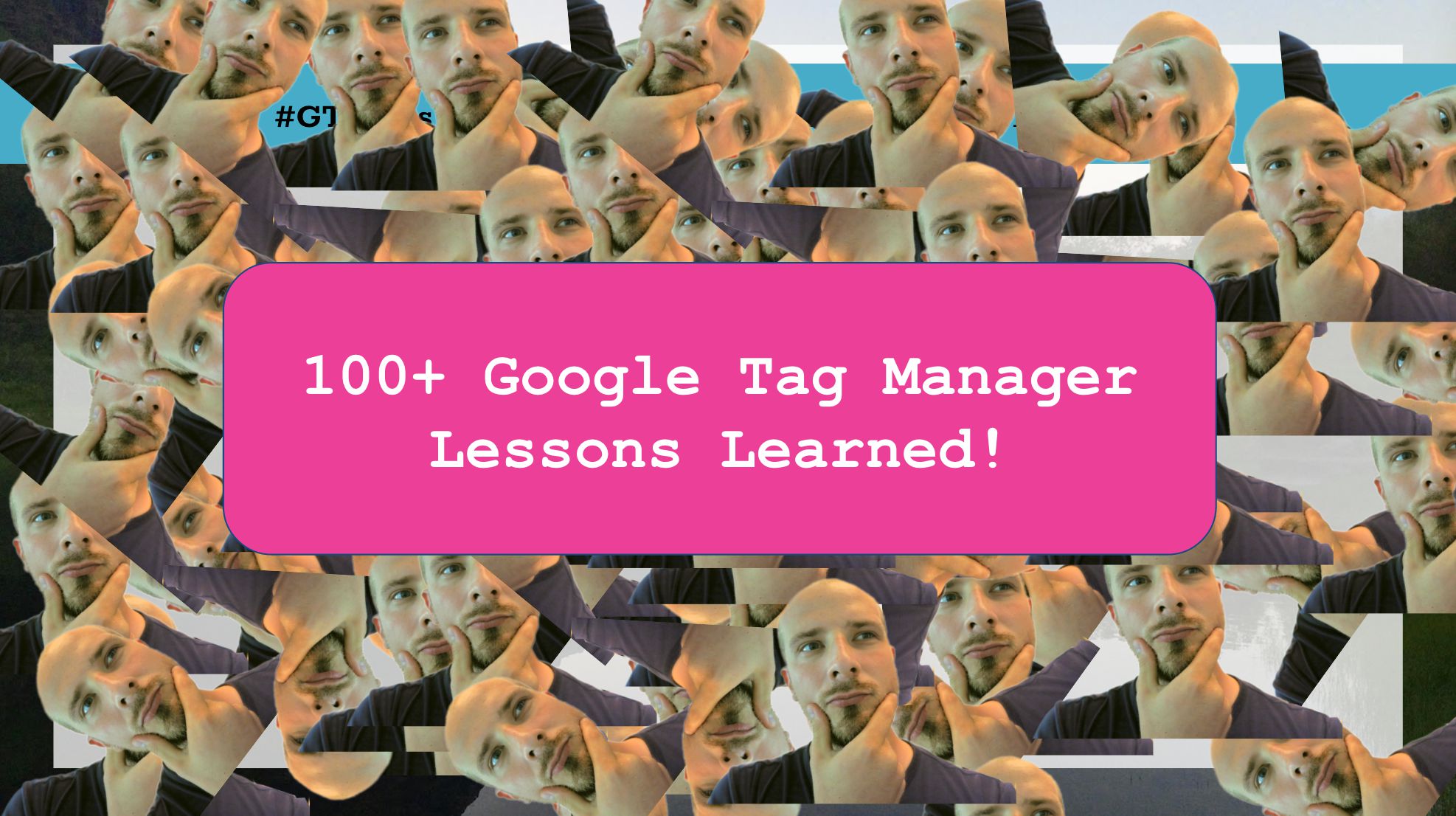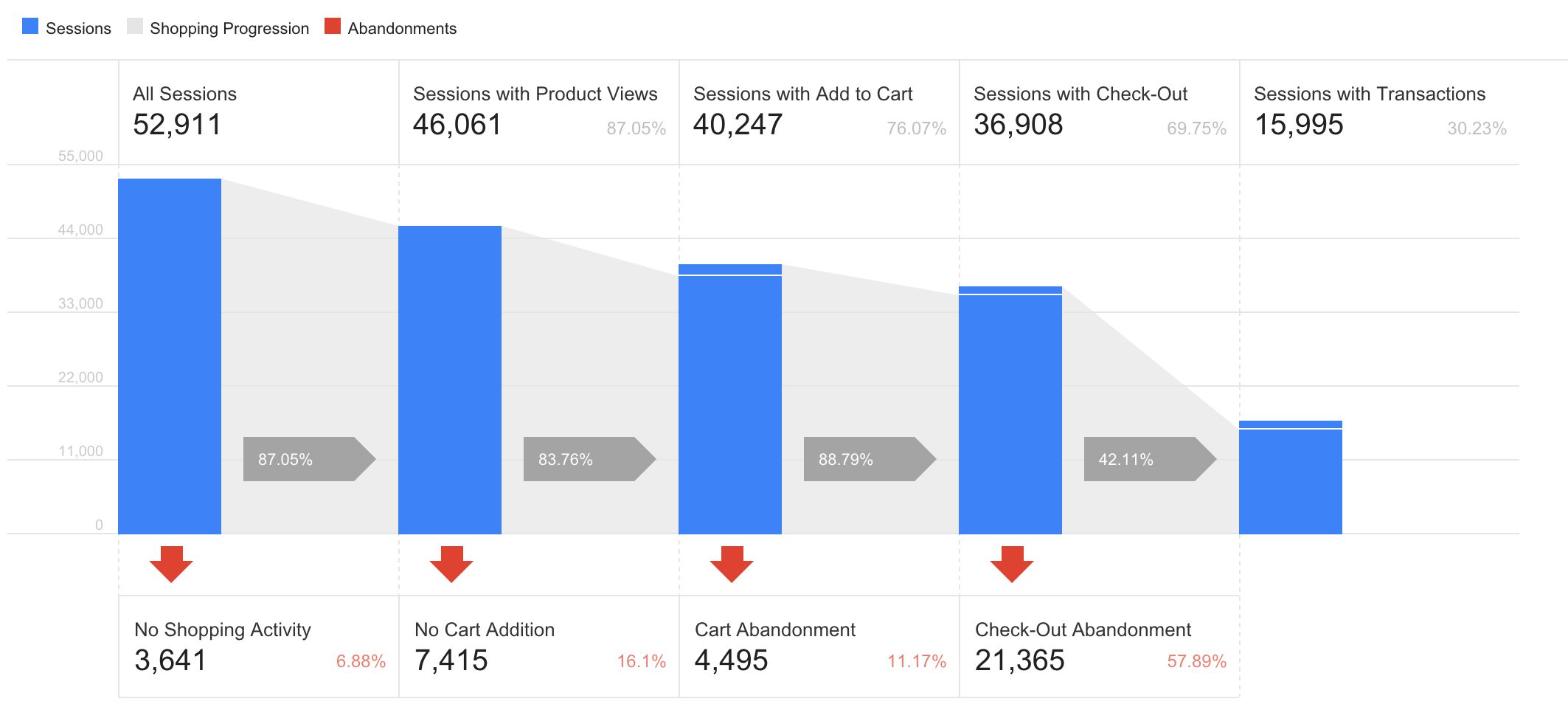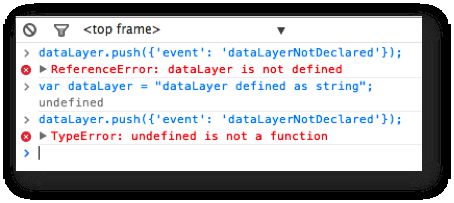I’ve always been proud to avoid the typical headline clickbait of “Ultimate guide to pigeon care”, “All you need to know about the Great Vowel Shift”, “Did you know that you’ve been smoking peyote wrong your whole life?”. I’m ready to make an exception now by adding a BIG WHOPPING NUMBER to the title. You see, the amount of knowledge one can accumulate about anything they do on a daily basis is mind-blowing.



